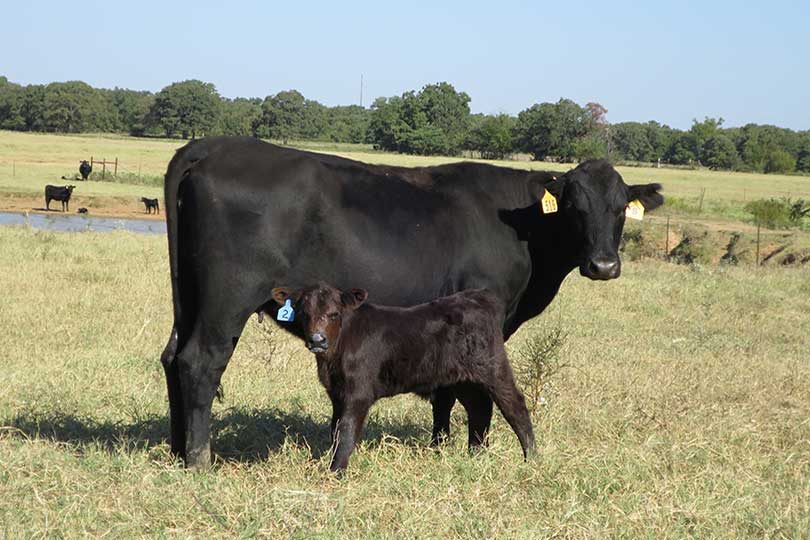Spring calving season is in full swing, and identification and prevention are key to a successful season.
“If you have cows, you are going to have some calving problems. And the more first calf heifers you breed, the more calving problems will occur,” Dr. Bob Judd, host of Texas Vet News on the Texas Farm Bureau (TFB) Radio Network, said.
Checking the herd closely to quickly identify a problem is key, he said.
Judd recommends checking cattle three times a day and keeping cows that are closer to calving in a small area. Facilities should be nearby to help handle cattle safely and quickly.
“I have been to many ranches with no facilities and by the time we have caught the cow, the calf was already dead. So time is critical,” Judd said.
Judd also stresses having a designated calving season.
“If the bulls are turned out all the time and your calving season is year round, it is impossible to check cows close enough when cows have a problem,” he said. “However, if you have a 90-day calving season, you can watch them pretty closely in a separate calving pasture.”
Judd offers some advice on when to call a veterinarian to assist with calving.
“My rule of thumb is if the cow has not had success in two hours of hard labor, then the vet should be called,” he said. “I usually decrease that to 1.5 hours for first-calf heifers because they have so many problems.”
Catch more Texas Vet News programs on the TFB Radio Network.

